Which one is not an allylic halide?
3 - chloro cyclo hex -1 - ene
1 - chloro but -2- ene
1 - chloro prop -1- ene.
3 - chloro prop -1- ene
The correct Answer is:B
To determine which compound is not an allylic halide, we first need to understand the definitions of allylic and vinylic halides.
Step 1: Define Allylic Halide
An allylic halide is an organic compound where a halogen atom is attached to a carbon atom that is adjacent to a carbon-carbon double bond (the allylic carbon).
Step 2: Define Vinylic Halide
A vinylic halide is an organic compound where a halogen atom is directly attached to a carbon atom that is part of a carbon-carbon double bond.
Step 3: Analyze Each Option
We will analyze each of the given options to see if they are allylic halides or not.
1. 3-Chlorocyclohex-1-ene:
- Structure: The chlorine is attached to a carbon adjacent to the double bond in the cyclohexene structure.
- Conclusion: This is an allylic halide.
2. 1-Chlorobutene:
- Structure: The chlorine is attached to the carbon adjacent to the double bond.
- Conclusion: This is also an allylic halide.
3. 1-Chloroprop-1-ene:
- Structure: The chlorine is directly attached to the carbon that is part of the double bond.
- Conclusion: This is a vinylic halide, not an allylic halide.
4. 3-Chloroprop-1-ene:
- Structure: The chlorine is attached to a carbon adjacent to the double bond.
- Conclusion: This is an allylic halide.
Step 4: Identify the Answer
From the analysis, the compound that is not an allylic halide is 1-Chloroprop-1-ene, as it is a vinylic halide.
Final Answer
The compound that is not an allylic halide is 1-Chloroprop-1-ene.
---
An allylic halide is an organic compound where a halogen atom is attached to a carbon atom that is adjacent to a carbon-carbon double bond (the allylic carbon).
A vinylic halide is an organic compound where a halogen atom is directly attached to a carbon atom that is part of a carbon-carbon double bond.
We will analyze each of the given options to see if they are allylic halides or not.
- Structure: The chlorine is attached to a carbon adjacent to the double bond in the cyclohexene structure.
- Conclusion: This is an allylic halide.
- Structure: The chlorine is attached to the carbon adjacent to the double bond.
- Conclusion: This is also an allylic halide.
- Structure: The chlorine is directly attached to the carbon that is part of the double bond.
- Conclusion: This is a vinylic halide, not an allylic halide.
- Structure: The chlorine is attached to a carbon adjacent to the double bond.
- Conclusion: This is an allylic halide.
From the analysis, the compound that is not an allylic halide is 1-Chloroprop-1-ene, as it is a vinylic halide.
The compound that is not an allylic halide is 1-Chloroprop-1-ene.
Similar Questions
Knowledge Check
Which of the following is not an allylic halide?
A4-Bromopent-2-eneB3-Bromo-2-methylbut-1-eneC1-Bromobut-2-eneD4-Bromobut-1-eneWhich of the following is an aryl alkyl halide.
A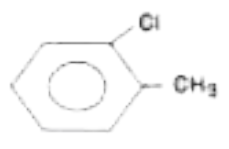 B
B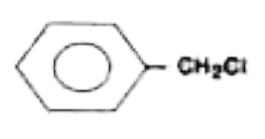 C
C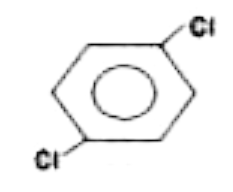 DNone of these
DNone of these
Which of the following compound does not have allylic chloride
View SolutionWhich one of the following halide has the highest melting point ?
View Solution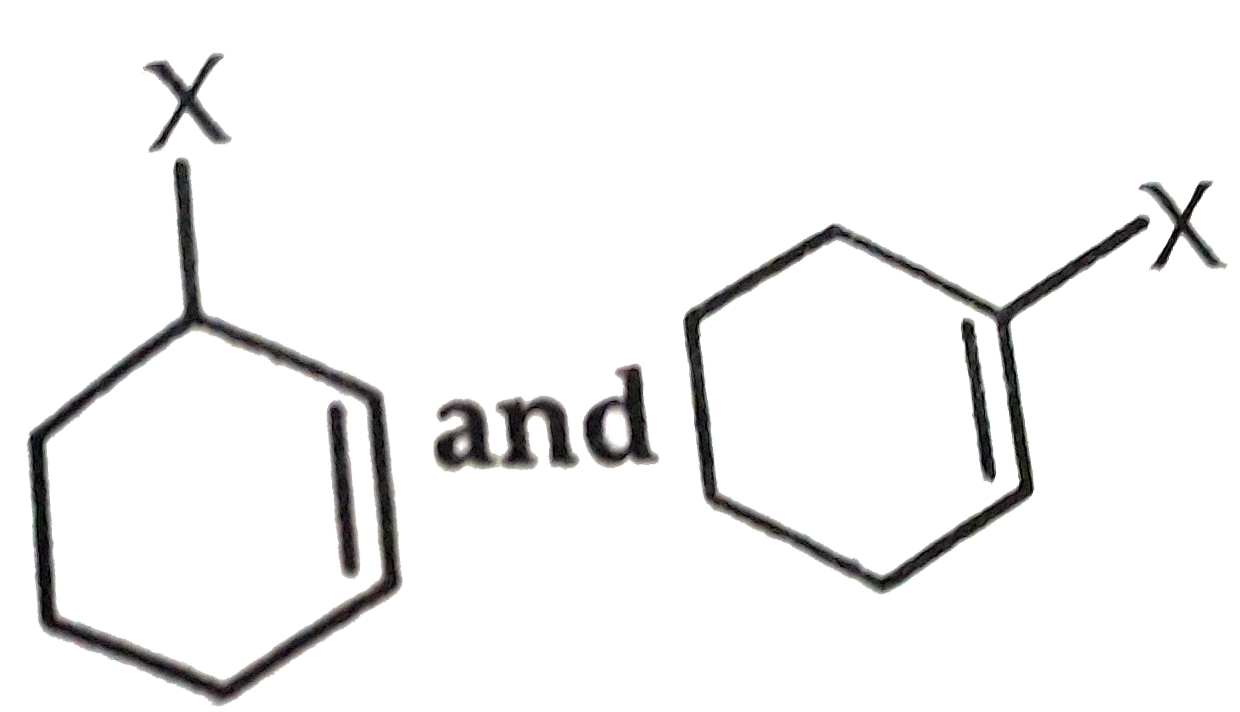
Out of which is an example of vinylic halide?
View SolutionWhich of the following alkyl halides is iso -butyl bromide ?
View SolutionWhich of the following alkyl halides on hydrolysis gives a glycol?
View SolutionWhich of the following is not an ionic tri halide :
View Solution

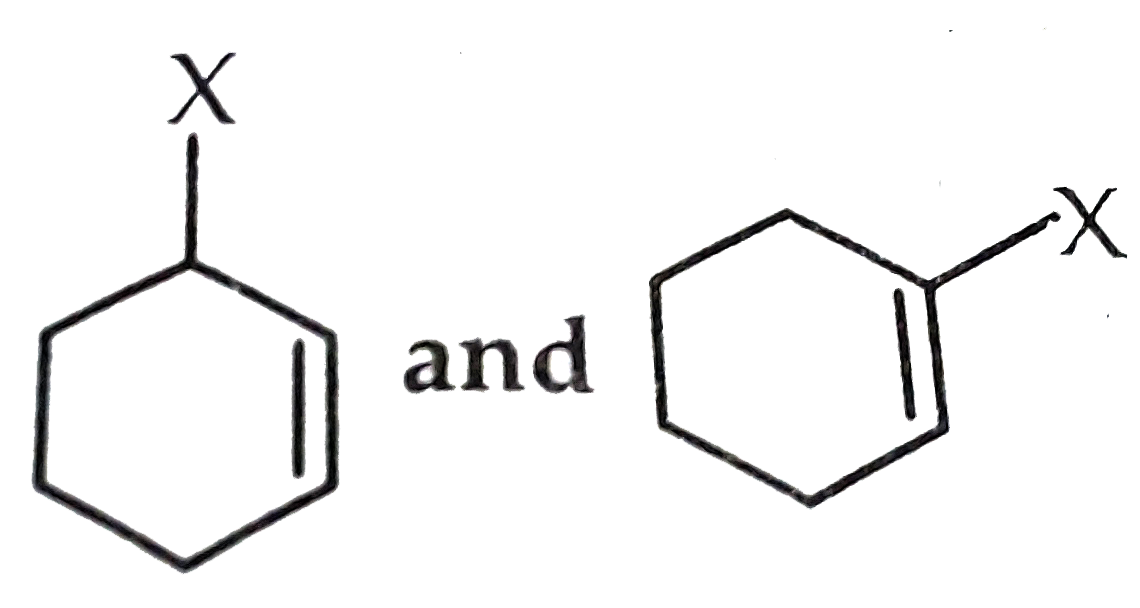 Which is an example of allylic halide?
Which is an example of allylic halide?